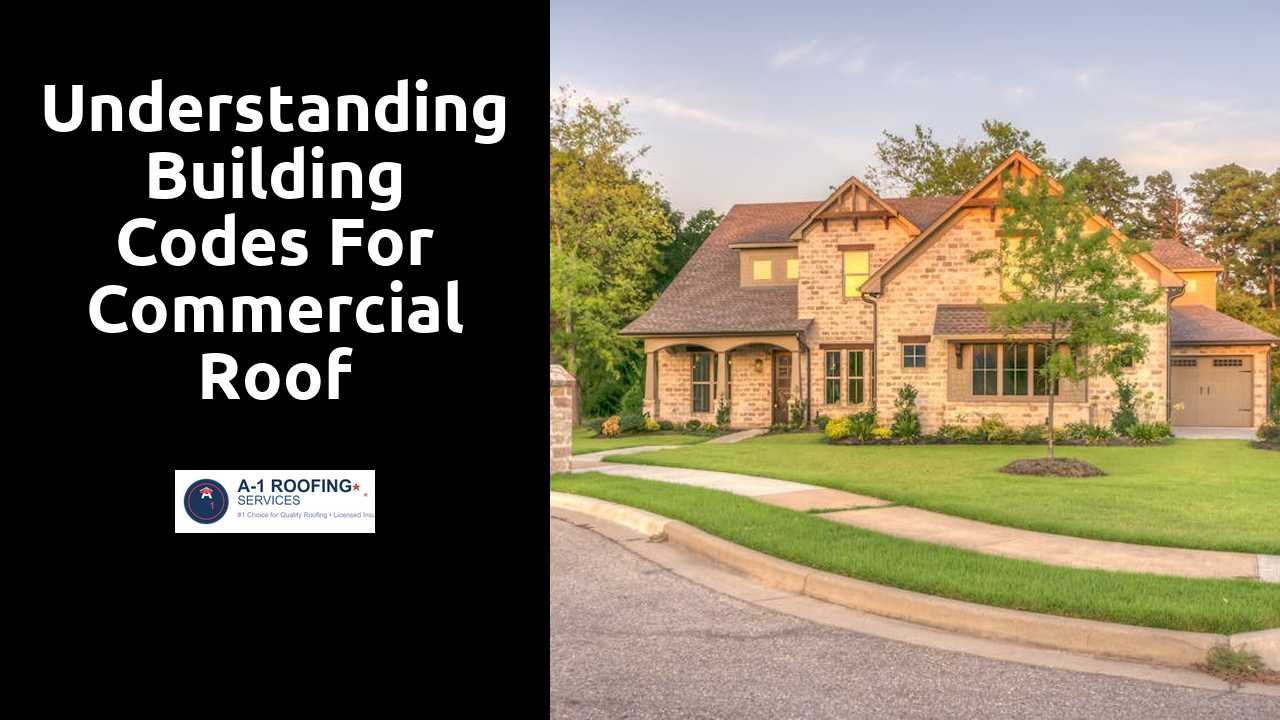
Understanding Building Codes for Commercial Roof Installation
Table Of Contents
Common Code Violations in Roof Installation
In the realm of commercial roofing, certain common code violations frequently emerge during installation. One major issue arises when the roofing system fails to meet the required load-bearing specifications. This can lead to significant structural integrity concerns, particularly in areas prone to heavy snowfall or high winds. Another prevalent violation involves inadequate flashing installation at roof penetrations, which can cause leaks and moisture damage over time.
Improper attachment methods are also a common pitfall. Many installations do not adhere to the specified nailing patterns or spacing outlined in building codes, compromising the roof's durability. Additionally, the failure to account for proper drainage can create pooling water, leading to premature roofing system failure. Addressing these issues during the installation process not only ensures compliance but also enhances the longevity of the roof.
This is an essential article for anyone looking to learn more about the topic.
Identifying and Avoiding Pitfalls
Proper planning and thorough inspection are essential to prevent common pitfalls during roof installation. Many contractors overlook the specific requirements outlined in local building codes. Failing to adhere to these regulations can result in expensive fines or even the need to redo the work. Regularly consulting building code handbooks and seeking clarification from local authorities can mitigate misunderstandings. Documentation of all communications and inspections is crucial for accountability.
Trained professionals should conduct the installation to avoid subpar work that may conflict with established standards. Training and experience play a significant role in understanding the intricate details of code compliance. Utilizing checklists tailored to local codes can help ensure all aspects of the installation are adequately addressed. Engaging with inspectors early in the project can provide insight into potential issues and foster a collaborative approach towards proper adherence to regulations.
Necessary Permits and Approvals
Before initiating a commercial roof installation, it's essential to secure the necessary permits and approvals. Local building departments often require specific documentation to ensure adherence to safety standards and zoning laws. The types of permits needed can vary based on location and the scope of the project. Often, contractors must provide detailed plans, specifications, and sometimes even environmental assessments. Engaging with the local authorities early in the planning process can help streamline the approval journey.
Obtaining the right permits also protects against potential fines and legal issues down the line. Ensuring that all paperwork is correctly filled out and submitted on time can significantly reduce delays during construction. Additionally, inspections may be required throughout different phases of the roof installation to confirm compliance with codes. This proactive approach not only safeguards the project but also enhances the overall integrity of the building.
Securing Documentation for Compliance
Obtaining the proper documentation is essential for ensuring compliance with local building codes when installing a commercial roof. This process often begins with securing the necessary permits from municipal or county offices. These permits typically require detailed plans and specifications that demonstrate adherence to relevant codes and regulations. Engaging with local building officials early in the planning stages can clarify requirements, streamline the approval process, and reduce the risk of costly delays.
In addition to permits, maintaining detailed records of inspections and approvals is vital. Documentation should include contracts with roofers, inspection reports, and compliance certifications from materials suppliers. These documents serve as proof of adherence to code specifications and can be essential during future renovations or property sales. Proper record-keeping not only facilitates smooth operations during installation but also protects against potential disputes regarding code compliance down the line.
Impact of Building Codes on Material Selection
Building codes play a crucial role in determining which roofing materials can be utilized in commercial projects. These regulations are designed to ensure the safety, durability, and energy efficiency of structures. Builders and contractors must be aware that materials must meet specific standards set forth by local and national codes. Factors such as wind resistance, fire ratings, and insulation values are often outlined in these regulations. By understanding these requirements, project stakeholders can avoid costly delays and ensure compliance throughout the installation process.
The selection of roofing materials must align not only with the aesthetic and functional needs of the building but also with the compliance requirements of jurisdictional codes. Different regions may impose unique material restrictions based on local climate considerations or historical preservation mandates. Professionals must conduct thorough research to confirm that chosen materials not only enhance the building's performance but also adhere to all applicable code requirements. Proper material selection can mitigate risks and contribute to the longevity and resilience of the roofing system.
Choosing Compliant Roofing Materials
Material selection plays a crucial role in ensuring compliance with building codes. Different jurisdictions have specific requirements regarding fire resistance, insulation values, and durability. For instance, some areas may mandate the use of materials with higher fire ratings due to regional fire risks. Understanding the local codes can aid in selecting materials that not only meet safety standards but also contribute to the overall performance and longevity of the roof.
In addition to safety standards, economic considerations must also be factored in. While it may be tempting to choose lower-cost materials for immediate savings, doing so might lead to higher maintenance costs or premature failures. Investing in compliant roofing materials often leads to better energy efficiency and prolonged lifespan, which can offset initial expenditures. Consulting with local building authorities can provide further insight into which materials are deemed acceptable and advantageous for a specific project.
Related Links
Timeline for Completing a Commercial Roofing Installation ProjectStep-by-Step Guide to Installing Commercial Roofing Systems